“When I come home off the ship and hit the United States, I laid down on that ground, and I grabbed a whole mouthful of dirt and swallowed it. I was so happy to be back in America.” Robert Cannon traveled throughout the United States and overseas while in the Army; he served in the Amphibious Engineers division in the South Pacific during World War II. He captained a landing barge carrying troops and tanks ashore to various islands. And still he says, “I tell you, the Chesapeake Bay is the most beautiful place I ever seen in my life.”
1940. 1960. 1980. Regardless of year or decade, for over half a century it is 3 a.m. on June 1 in Cambridge, Maryland, and Cannon is rising for work. The sun isn’t out yet—it won’t be for several hours. But watermen throughout the region are preparing to spend the day traversing the estuaries and shallow waters in search of the day’s haul. It’s a sentiment shared among many like Cannon, who chose to make a career out of their love of the Bay.
By the time light breaches the horizon and begins reflecting across the bay, Cannon has already run out his trotline—two 2,500-foot lines salted and baited with clam bags, eels or chicken necks every 10 feet—anchored to the bottom of the bay with two marker buoys floating on the surface, spread across various sections of the watershed to attract and catch crabs. Today, Cannon remembers the solace of the scene, but also the camaraderie; each morning he and his fellow watermen exchanged a few words by radio, wishing one other a good day. There was even company among the water. “The ducks—oh man, they were beautiful. They swim right on by your boat. It’s a beautiful sight,” Cannon recalls.
Cannon is romantic in his recollection of the routine he maintained daily as a commercial crabber until retiring in the late 2000s. His house now sits on Maryland Avenue, about a block from the Choptank River. Cambridge is a town of 12,326 according to the 2010 Census, many of whom are men and women making a living on the water—those more commonly known as “watermen.” During his working years, Cannon was one such waterman, and has worked on nearly every aspect of the Chesapeake Bay, harvesting blue crabs in summer months and into fall, oysters fall through spring—as well as eels in spring before the crabs would make their way up the bay.

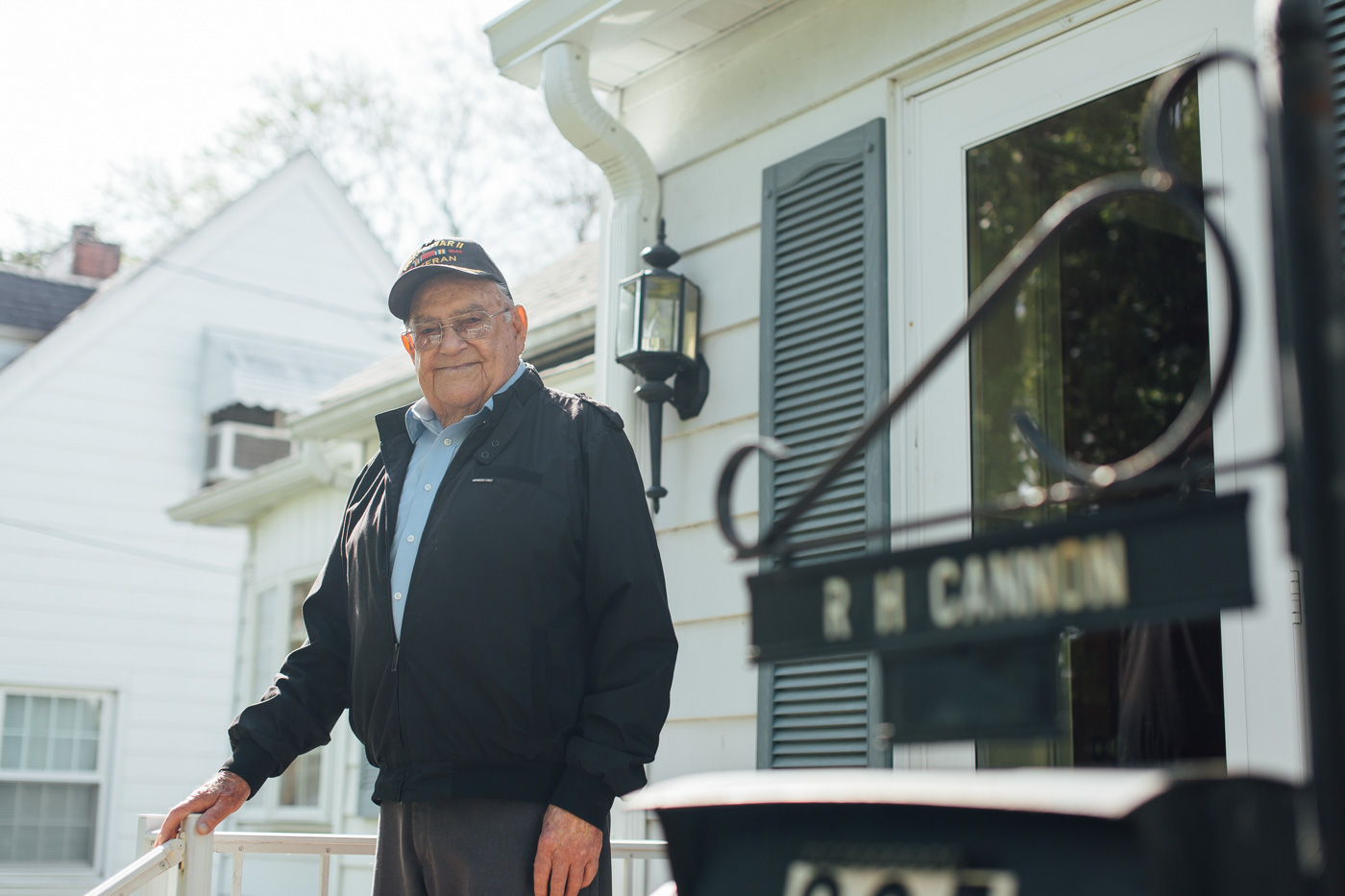

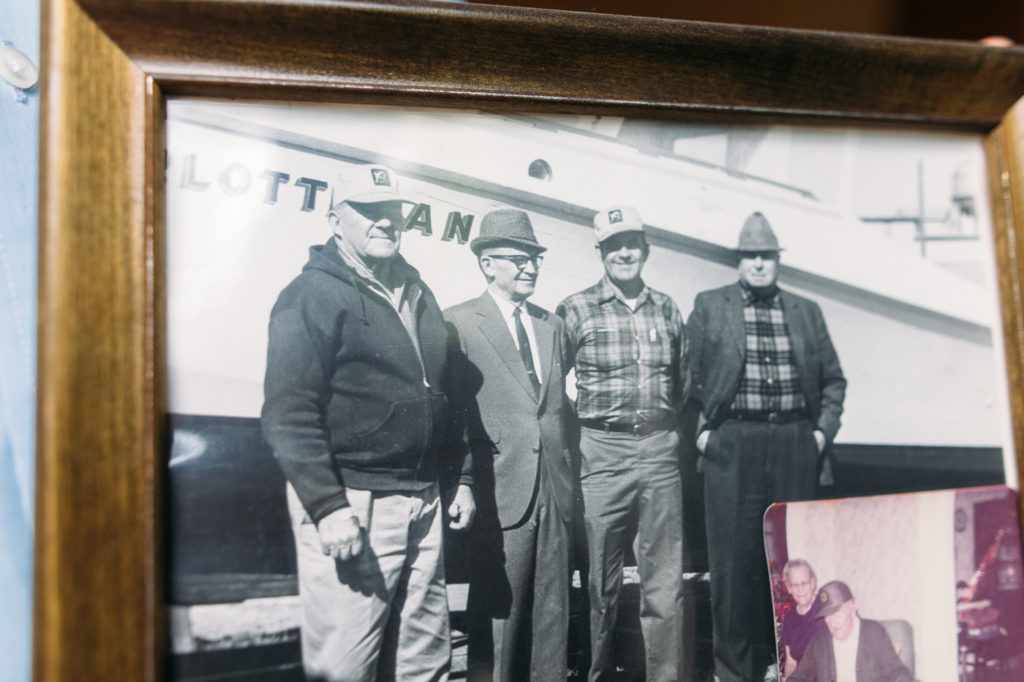
During those summer months, Cannon would run his boat back and forth along two trotlines, collecting crabs with a metal net attached to his bait as the line crept out of the water, through the jig and off the side of the Charlotte Anne—the boat he named after his only daughter. Cannon commissioned a local friend build the 36-foot long, nine-foot wide crabbing and oystering boat for him in the early 1950s. Cannon purchased and accumulated the lumber and kept it in his backyard for three years prior to its building; he cured the lumber with pine oil and turpentine to preserve it until the timing was right.
Ultimately, Cannon paid $3,500 for the Charlotte Anne, he tells me, noting the water business was a tough one for a young person to make a living. “When it was a beautiful day and the motor was running good, it was relaxing; it was enjoyment. And then when it was blowing a gale it was a little hard on you—a little rough,” Cannon says. There weren’t as many of today’s gadgets and devices available when Cannon was first manning the waterways with his father more than 70 years ago. Over the years, Cannon explains, hydraulics were added to many boats that greatly reduced the physical labor for watermen—a significant modification he was eventually able to implement on the Charlotte Anne as well. Cannon credits the technology—along with his love for being on the water—for his longevity in commercial crabbing.
The industry otherwise still resembles the one Cannon was so intimately involved in. At the end of each long day, once the catch is done for the day and the boat is filled with crabs, watermen head to the wharfs to sell their product. Buyers transfer crabs from boat to the truck by conveyor belt for shipment, then selling to crabbing houses or pickers who will in turn sell to restaurants or bars. Watermen bait and salt their lines, wash their boats and head home for the day.
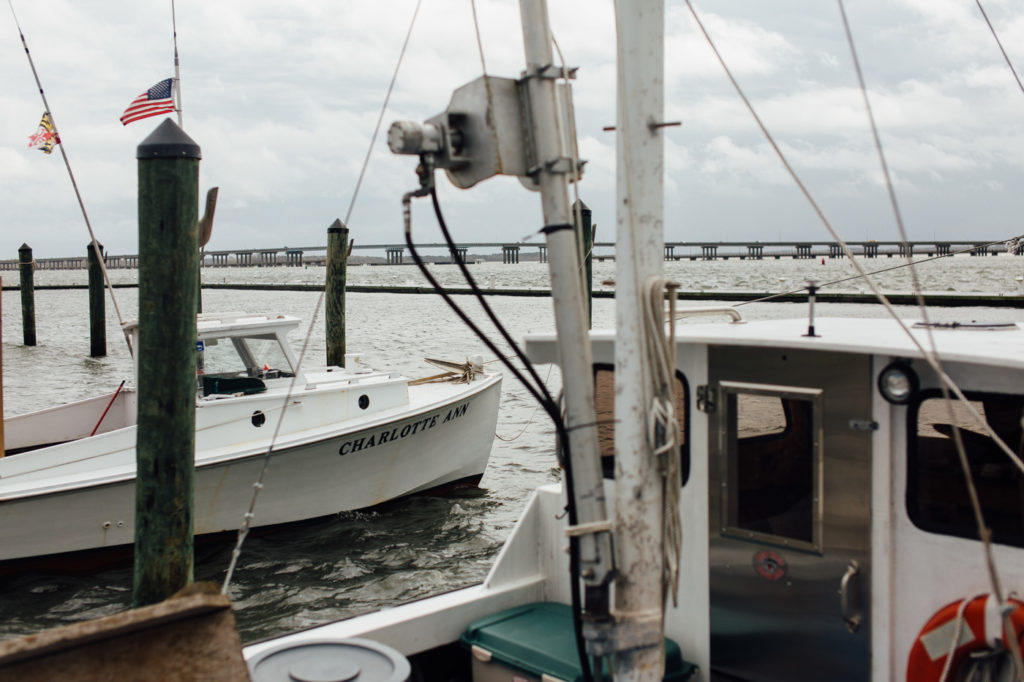

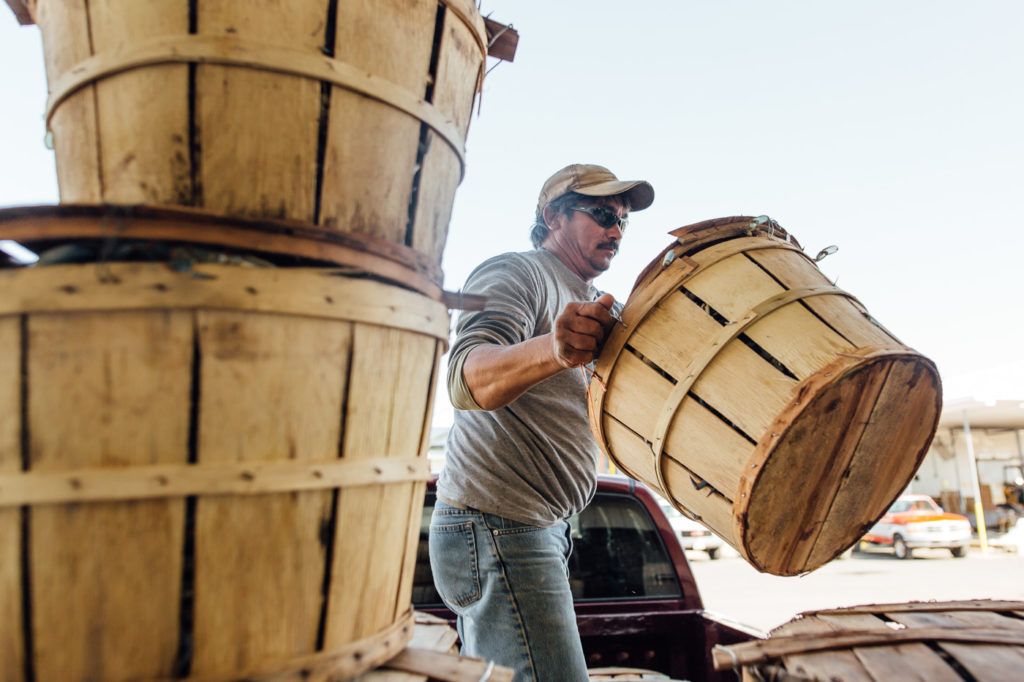

“And the next morning, you get up at 3 a.m. and go on out again,” he remembers. It’s a routine that predates Cannon by several generations in his own family. Cannon’s grandfather was a waterman. Cannon’s father, Ogel, was a dredge boat captain and a crabber. Ogle taught his son how to find and catch crabs and oysters, and how to tie boating knots. They spent countless days on the water, side-by-side, a young Cannon observing and listening. Cannon notes that his siblings—four brothers and a sister—didn’t join him in following Ogel’s footsteps. “I was the only one who could stick with my poor old dad,” he says. “They all tried it, but they were too weak.”
But despite the sometimes trying lifestyle, Cannon loved the life of farming the Chesapeake Bay. “It gets in your blood,” Cannon says. “Once you start it and you start to get into it, you want to follow your dad. It gets in your blood and you don’t want to quit. It’s a way of life.”
And for watermen relying on their catch, the elements have always presented challenges beyond the physical demands. During winter, when oysters were in season, Cannon recalls times portions of the bay would freeze, comprising the earning ability of he and his colleagues.
In 1947, winter found Cannon, his father and two fellow workers out on the ice—which was a full foot thick—trudging through the business of digging a deep, wide hole with chainsaws, into which they could drop a dredge. “[We’d] drop it on the bottom and then cut a narrow strip of ice to pull a drudge, pull a line through it, and at the other end we made another opening, and that’s how we caught our oysters,” he remembers. “We had an old Model A Ford that we took the body off of it and just had the wheels and the motor, and we took a long board in the front of her, stretched it way out—it was 20-feet long—and another board in the back. If she broke through the ice, the boards hold up and then we’d come grab the boards and put it back on the ice.”
When the first of the oysters came up the bank, the buyer triumphantly hollered, a tell that they’d secured their first $2 bushel of oysters. Now, Cannon says, a bushel goes for closer to $40.
Decades of experience provided Cannon a profound understanding of the industry—of the community and of the craft. It was one that made him particularly well-suited to extend his career to crab and eventually oyster buying. For 18 years, Cannon bought crabs from his friends, about eight to 10 watermen, while continuing to fish commercially.
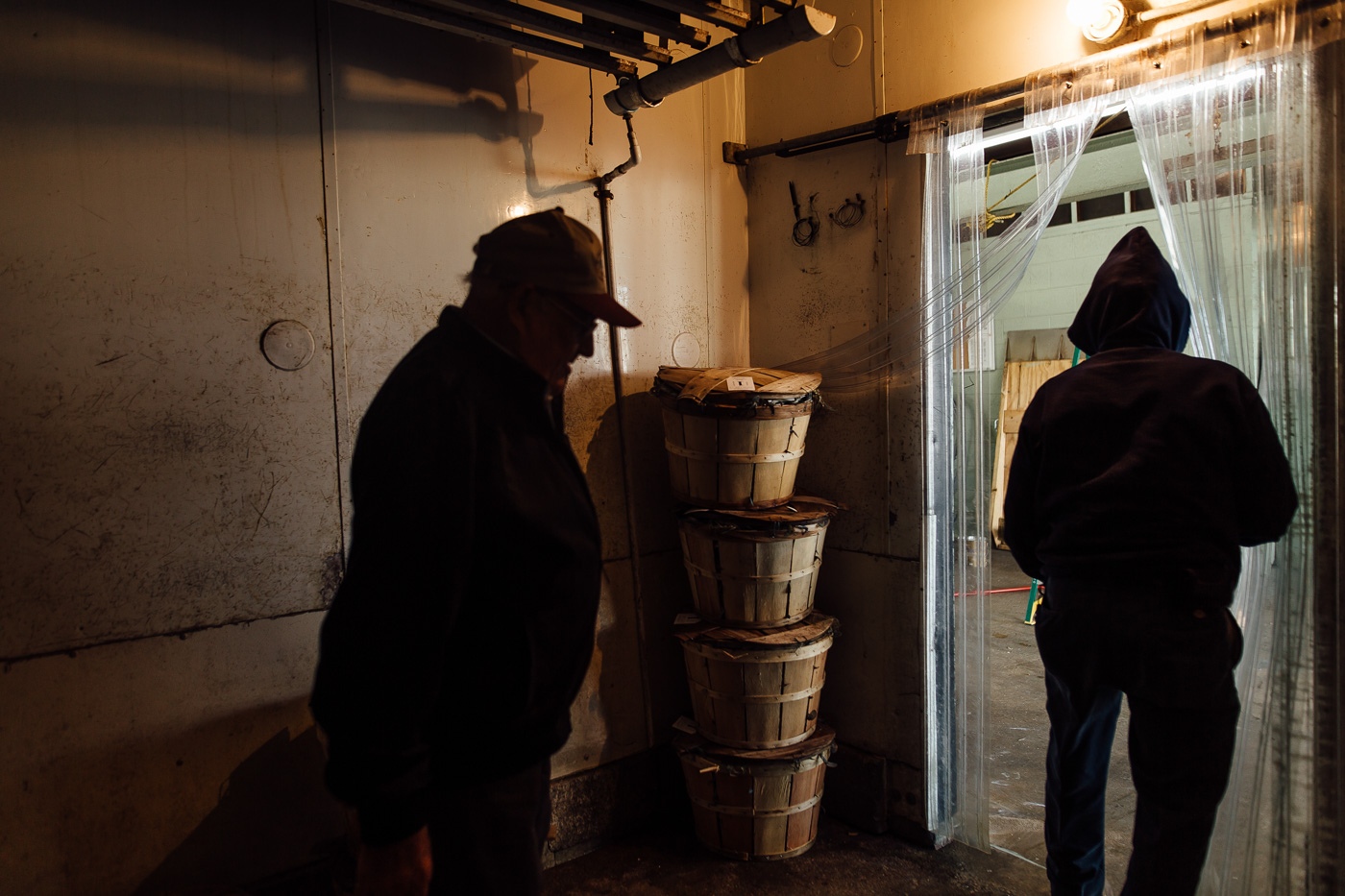
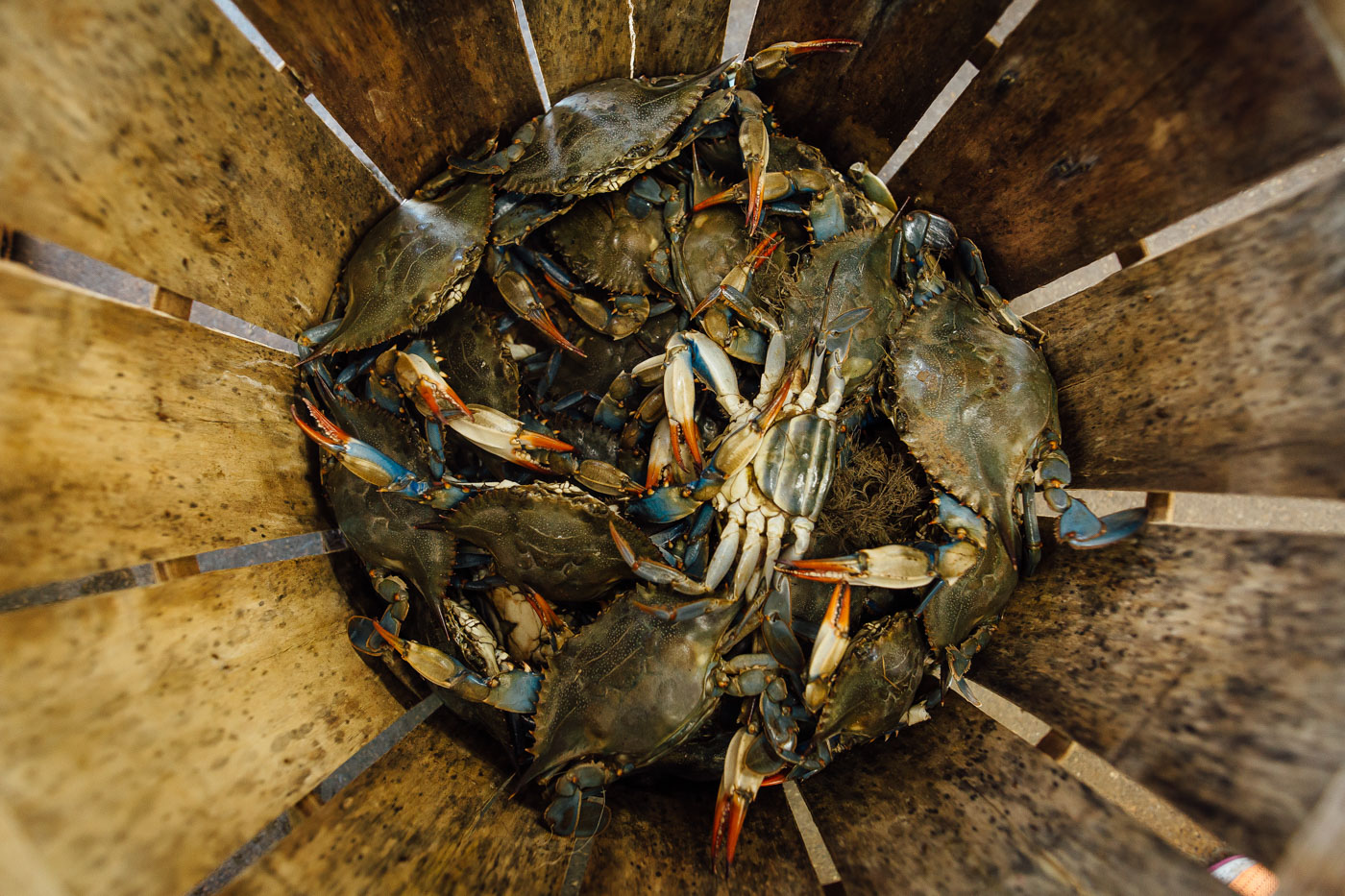
With three employees, Cannon ran his buying and distribution operation, each in different locations during various parts of the season, depending where the volume of oysters were. As watermen docked at each wharf, Cannon’s crew loaded trucks and awaited calls to inform where the catch would find its home. In Chrisfield, Maryland, oysters were sold to old friends of Cannon’s around the area—all depending on his shipments for their respective businesses.
Communities like Cambridge—where the industry is responsible for employing much of its population—rely heavily on operations like Cannon’s. Beyond a sound understanding of the industry, possessing the foresight to prepare for external factors—those often difficult to anticipate and entirely beyond a proprietor’s control—is critical.
Mother Nature was, and always will be, an indicator for a day’s work. When water freezes and no one can get out on the water, no one can make money. When hurricane gale winds roll into town and lock everyone in their homes, no one can make money. And when budgets weren’t accurately adjusted anticipation for bad weather, Cannon explains that a trip to the bank for a small loan wasn’t uncommon.
And like the weather, visitors are an equally important barometer of potential revenue. Tourism is another central business for communities like Cambridge. Migrating with the weather, families have long flocked to the shores of Maryland to view the water and its surrounding ecosystem, to visit its beaches, and of course, to eat.
On a hot summer day, sitting on the restaurant’s deck overlooking a nearby dock, waiters deliver plates of fresh, local oysters and a few Natty Bohs to wash them down. Boats sail by and the waves smack the boards while the wind rolls on by. These care-free moments keep visitors coming back to Maryland. To get to that point—prepared and plated—people like Cannon tended the murky waters of the bay and made a living off of those restaurant goers by working double-digit-hour days to supplying the people’s demand.
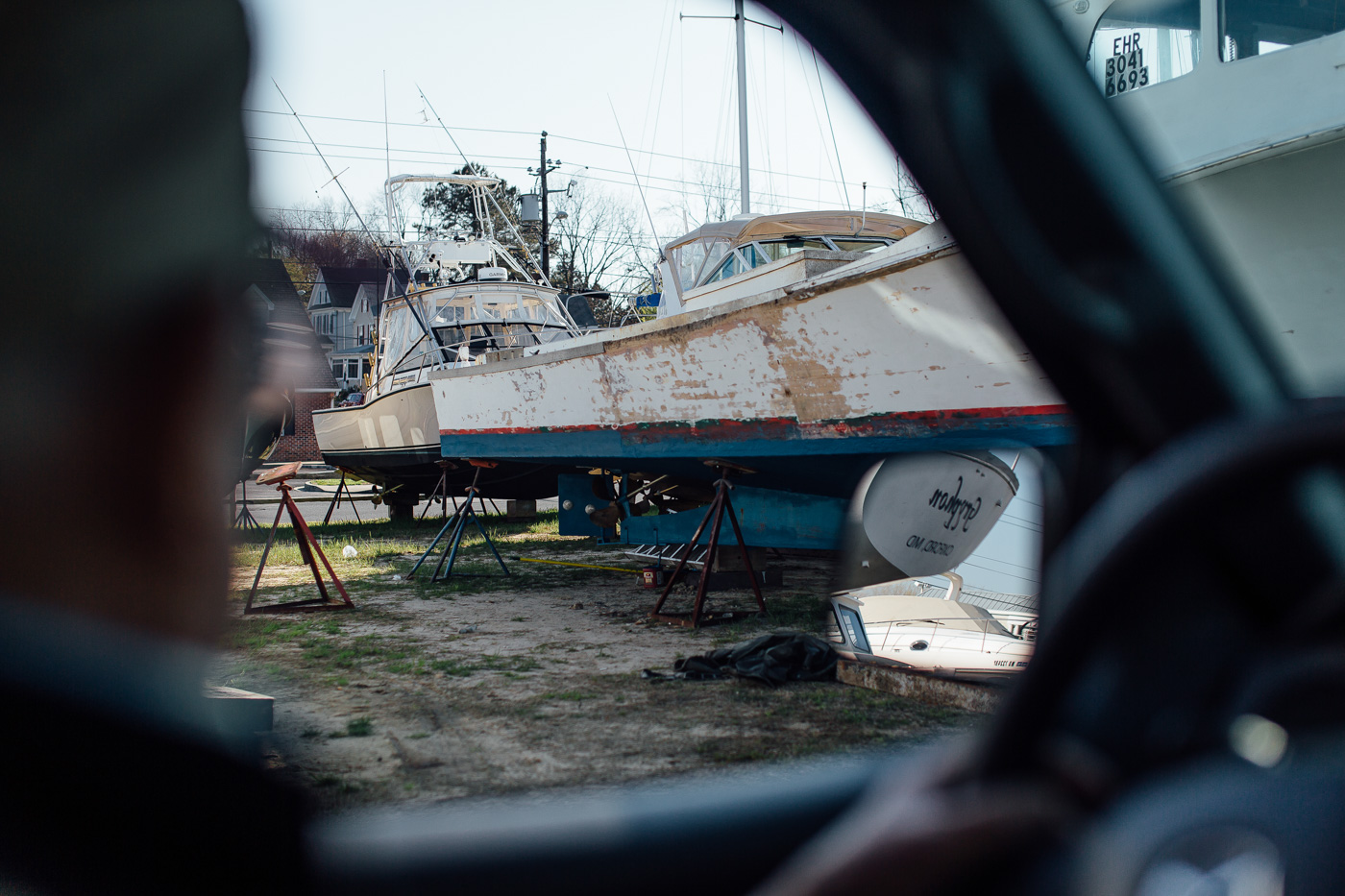
And while vacationers have no trouble finding restaurants and bars specializing in seafood, locations within a stone’s throw cooking up the warm-weather staple—but that assumes the weather will support it. A slow season and lack of demand impacts more than just available towel space along sandy beaches.
“There are times the packers can’t sell as good each week, and that way the buyers sometimes have to stop a day from buying—you know, and not glut the market,” Cannon says. “A lot of times, watermen wouldn’t go out because [the buyers were] too cheap. They’d stay in a day or two. But see, most watermen didn’t understand that. I understood it because I was a waterman and a buyer,” Cannon describes his advantageous insight as a go-between. “I was in between both worlds. Most watermen didn’t understand but just their day’s catch.”
Cannon is as passionate about his community as he is of the waters he farmed. Upon retiring from the oyster business in 1980s, he sold his diesel truck and equipment to local wholesaler and retailer, Kool Ice Seafood. He had one stipulation: they had to help supply the food to the Georgetown Volunteer Fire Company’s annual “Oyster Eatin’”—something Cannon had done for more than four decades. “I said, they’re my friends and you’ve got to help me take care of them every year.” To help the company raise money for the fire house, Cannon would give them 115 bushels of shell oysters, 70 gallons of standard, small oysters, steamed, fried and every which way, all for $30 tickets.
Today, still sharp and active, Cannon spends time once a week during the summer months on his beloved Bay, recreationally crabbing.
The Crab Industry’s Uncertain Future
An Examination of Environmental Implications
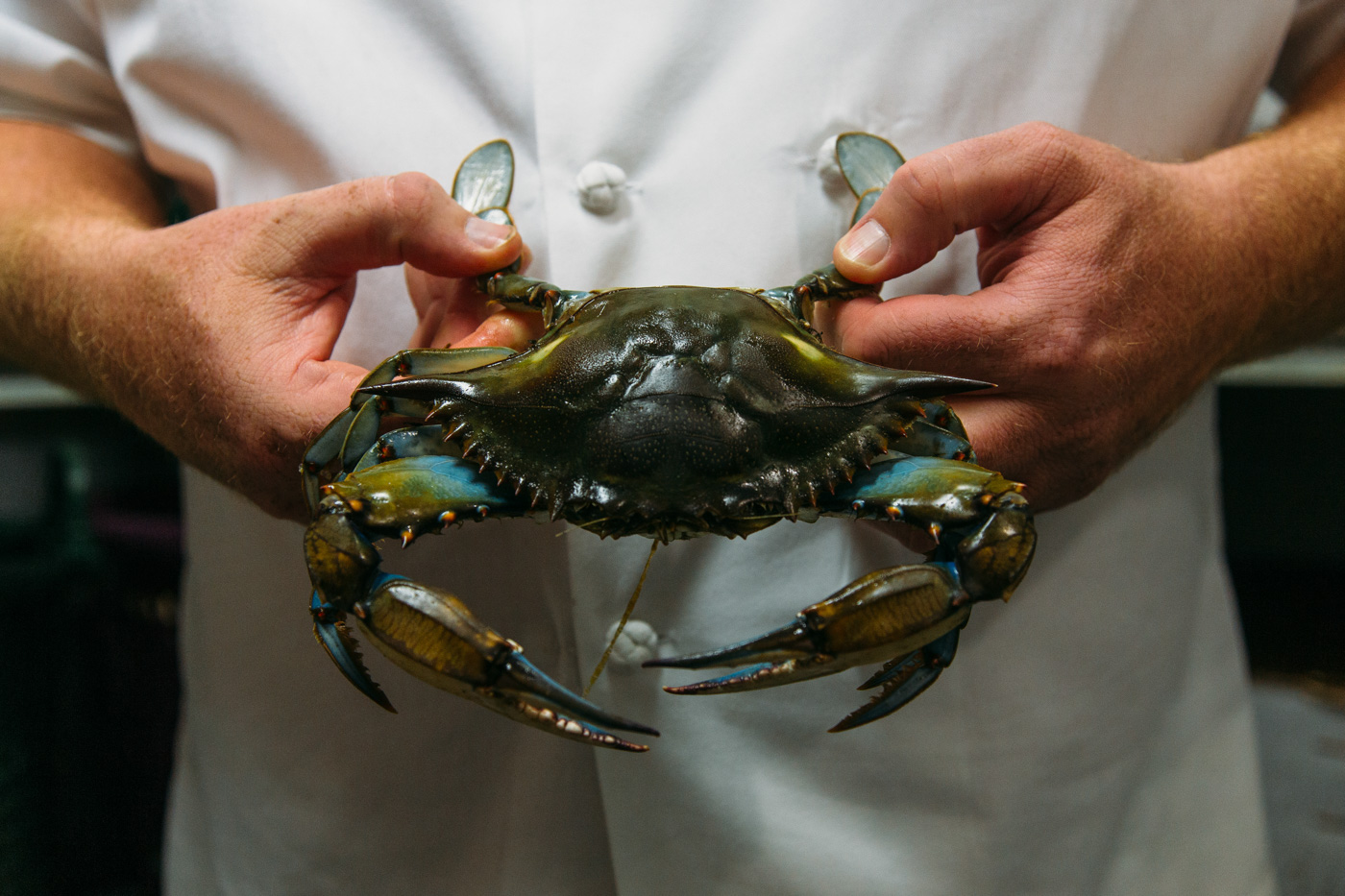
The capital of Maryland is Annapolis. The state tree is the white oak and its flower the Black-Eyed Susan. The bird most representative of the state, they say? The Baltimore oriole. But of all the designations that most identify with Maryland, none is more recognizable than the state’s designated crustacean: callinectes sapidus, but better known as the blue crab.
Compared to the white meat of crabs from further south, Chef Bobby Jones, owner of The Point Crab House in Arnold, Maryland, says Maryland blue crabs have a “yellow goodness” to their meat, like “nothing else on the planet.”
Jones credits the salt level, along with the amount of time stuck in the mud that make blue crab meat so tender. “They’re down there longer. Their muscles aren’t moving. They’re building up that fat and then they come back up whenever the water temperature gets to wherever they feel is warm enough to come up.”
And during those warmest months in spring and summer, crabs sprawl throughout the Chesapeake Bay and make home to more than 4,400 square feet of tidal tributaries, rivers and creeks that spread throughout the east coast. The Bay’s watershed expands into Virginia, Maryland, Delaware, West Virginia, Pennsylvania and New York.
According to the 2016 Blue Crab Winter Dredge Survey, conducted annually by the Maryland Department of Natural Resources and the Virginia Institute of Marine Science (VIMS) to gauge the crab populations and monitor trends, 553 million blue crabs were estimated to be in the Chesapeake Bay. That’s a lot of crab cakes.
But as sizeable as that number may sound, an evaluation of the past half-decade indicates a trend that is almost consistently one of decline. From 2010 to 2015, crab populations consisted of 663 million, 452 million, 765 million, 300 million, 297 million and 311 million, respectively.
A reduction in crab harvest is correlated with the efforts of environmental groups and agencies putting regulations in place to limit the number of crabs harvested to increase the species total population, as well as natural factors leading to lower blue crab populations.
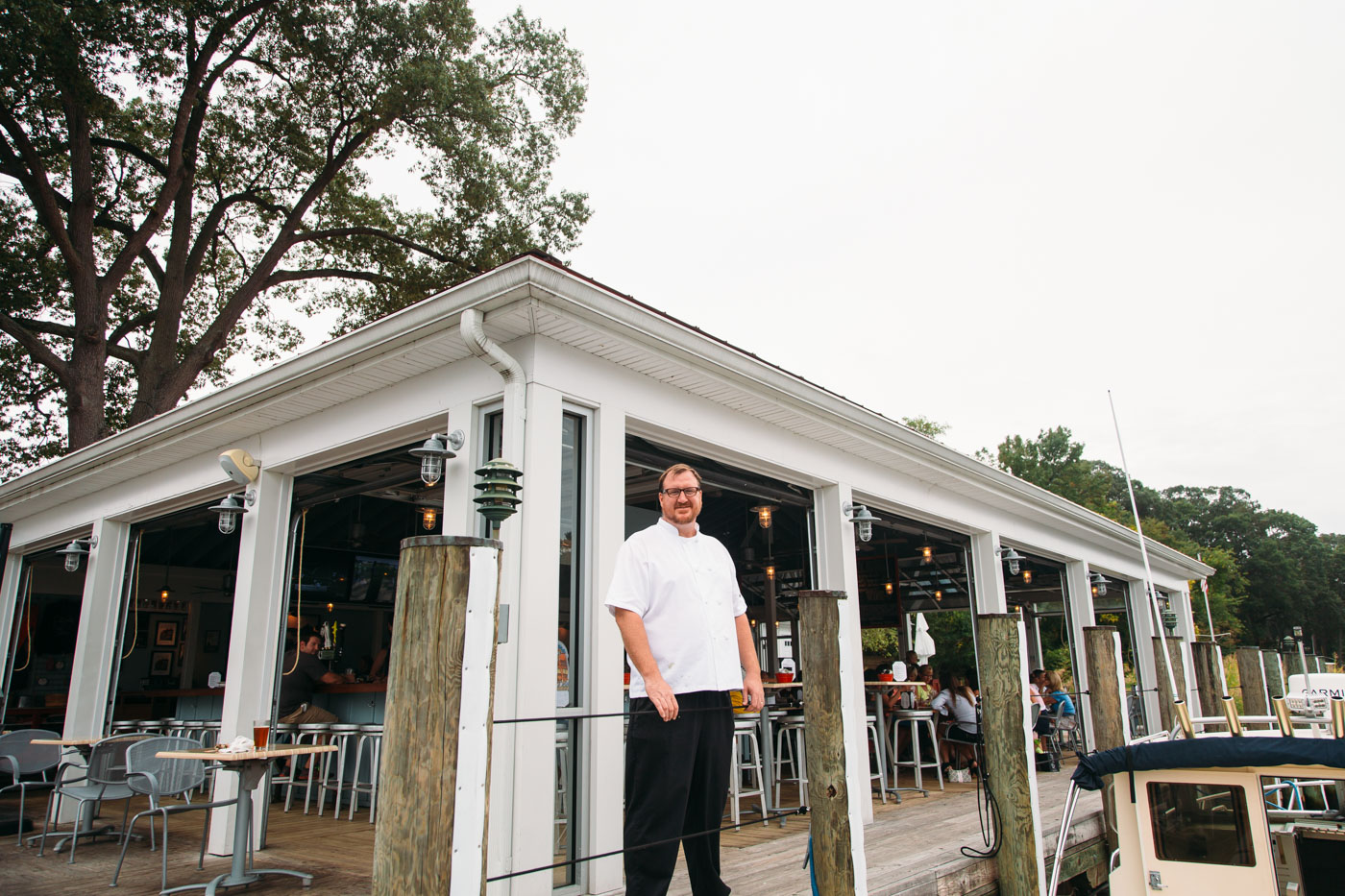
Preventative measures, such as reduced catch limits and shortened seasons were taken by legislative bodies aimed to strengthen not only the overall population, but specifically that of female crabs. The total spawning aged female crab population decreased significantly for 2014, with populations dipping below the 70 million threshold for the first time since 2002. Female crabs were below the recommended levels 2001 and 1999 as well. In contrast, the number of spawning females exceeded the 215 million target population only in 2010 and 1991.
Fishery Commissions from Maryland, Virginia and Potomac Falls recommended in 2011 a target goal of 215 million spawning age female crabs with a threshold for 70 million crabs, according to the study.
The Chesapeake Bay is broken up into three categories—lower, middle and upper bay/tributaries—and data is collected from 1,500 sites equally divided throughout the sections, according to the survey. Traveling at three knots for one minute, a dredge is run along the bottom, collecting crabs. To find population numbers, crabs are weighed, measured and information such as sex is noted.
From 1990 to 2014, more than 1.6 billion pounds of blue crabs have been harvested by commercial watermen in the Bay, according to the Chesapeake Bay Program. But since 2010, when about 85 million pounds of crabs was harvested, a decline has been seen every year hitting the lowest level recorded in 25 years in 2014 of just 35 million pounds.
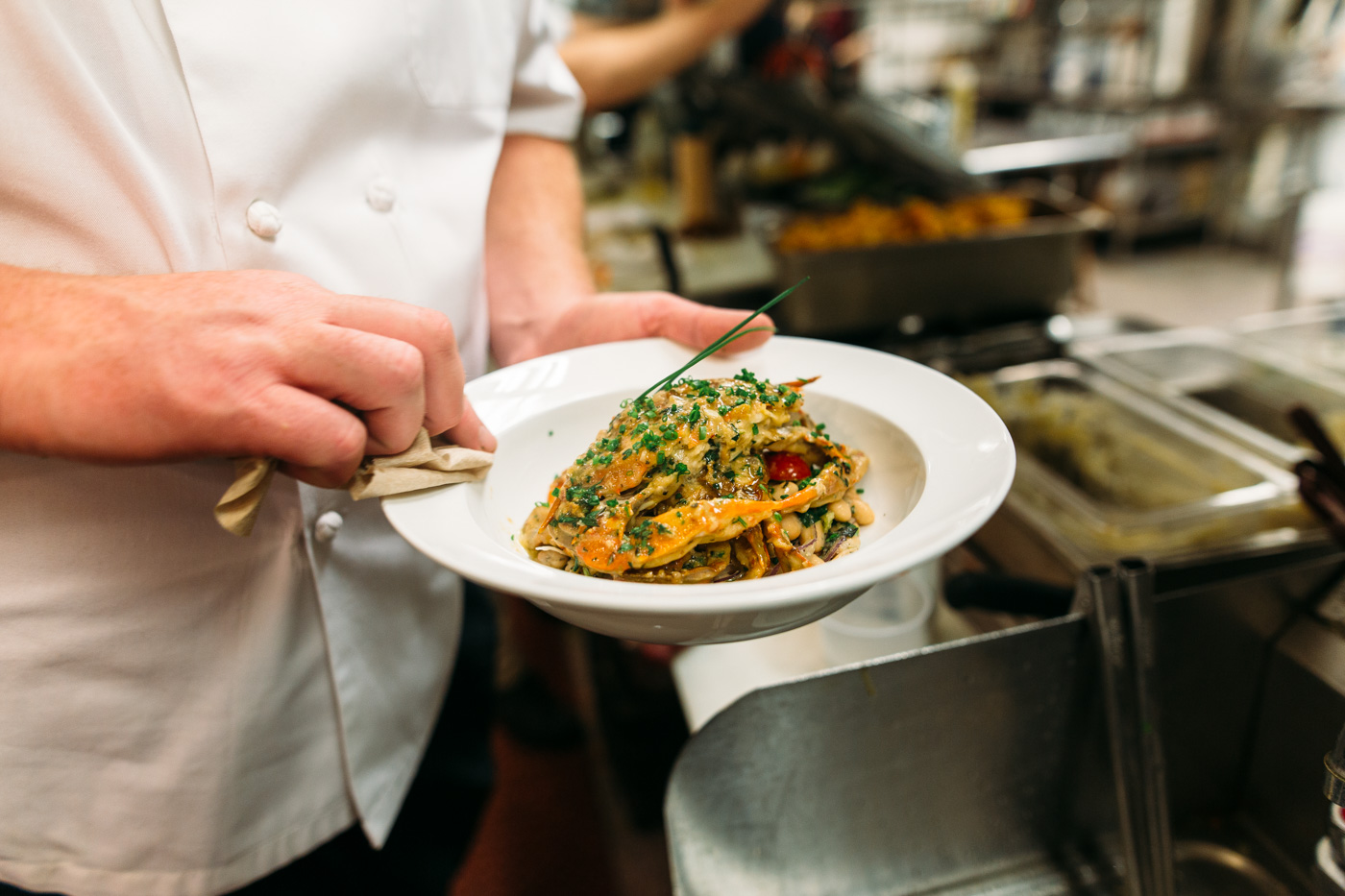
As the temperature in the bay continues to increase from rising air temperatures, shorelines and habitats for the blue crustacean will continue to erode. Increased development along coastlines is a contributing factor to habitat degradation and pollution from runoff. According to the Ecosystem-Based Fisheries Management in Chesapeake Bay by Maryland Sea Grant, increased sea levels from warmer air temperatures estimated the loss of 161,000 acres of juvenile blue crab habitat in salt marshes by 2100. With the lost habitat brings increased predation, further threatening an already fluctuating species. The National Wildlife Federation said the bay is about two degrees warmer than in 1960 and projects an additional three to 10 degrees by 2100.
Though the demand for the hard-shelled creature is consistent, especially as the weather starts to warm and people migrate to the water, lower harvest yields can cause increased prices for consumers due to increased prices for a bushel of crabs. For Jones, the crabs are delicious and a staple for the region, but making a profit solely on crab sales is tough. “If you look at my annual food sales, maybe six to eight percent is crabs—hard crabs,” he said. “As soon as I sell them, my food costs go up and my profit goes down.”
And yet, year in and year out, locals and tourists love to eat Maryland crabs. But before the families pack into restaurants like The Point, those blue-clawed, eight-legged crustaceans have to somehow find their way from the waters of the Chesapeake to the plates of patrons anxiously waiting to slam the gavel (seafood cracker) and feast on the steamed white meat. There are lives behind those oysters, there are men and women working to make a living and provide for their family behind those critters. There is the sweat, blood and triumph of surviving the marathon-work on the water that provides the region with renowned catches.





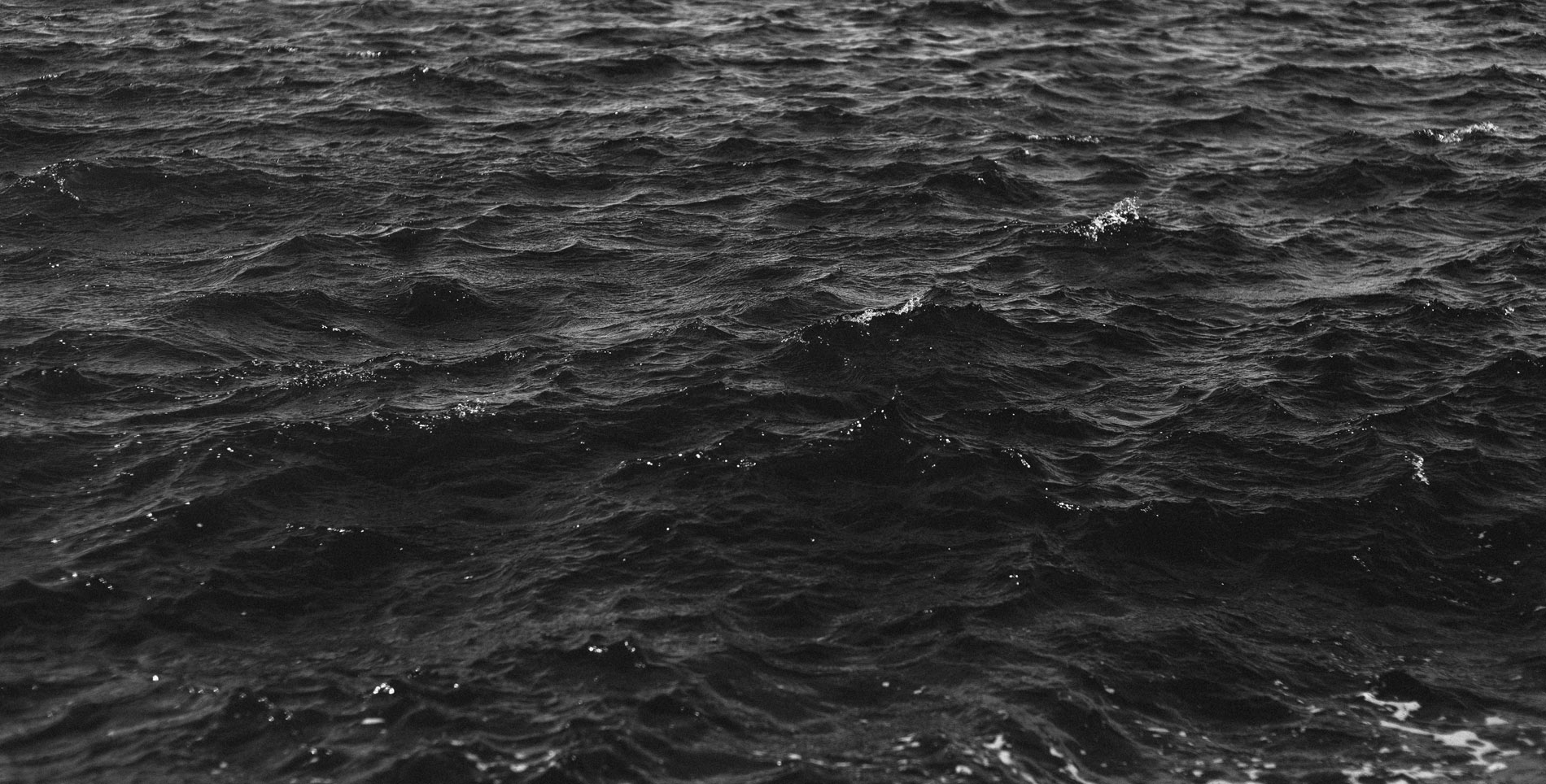

Our comments section is for members only.
Join today to gain exclusive access.